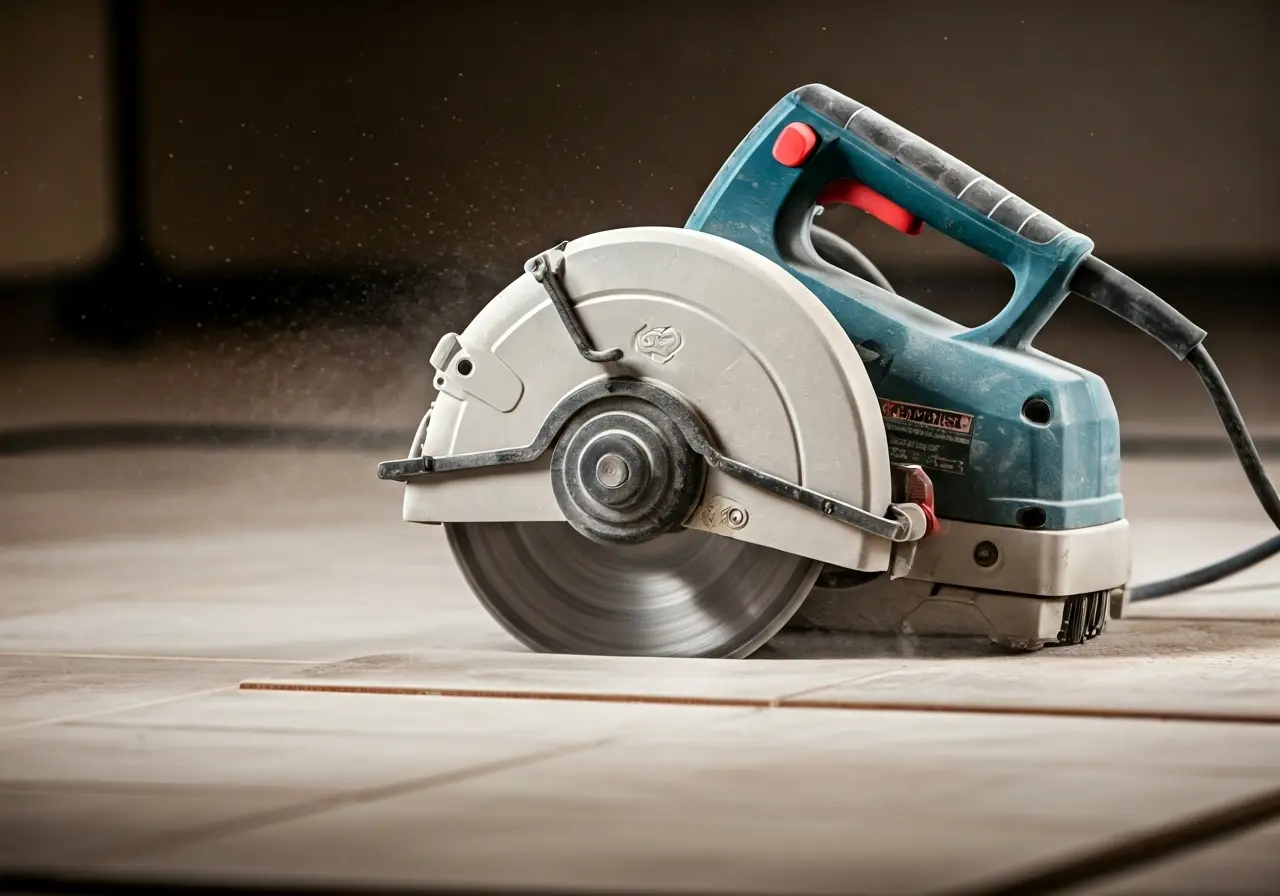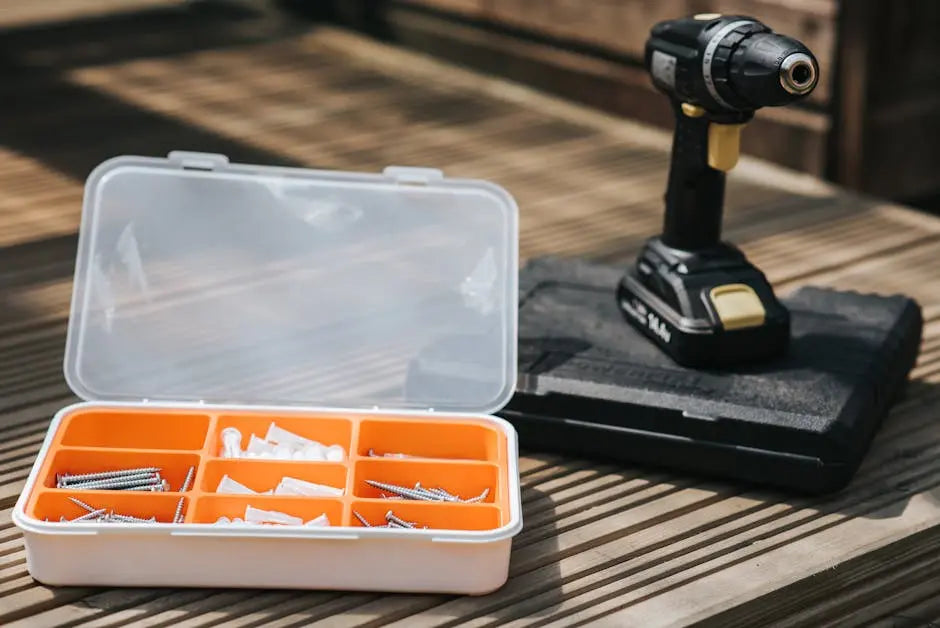In the world of tile installation, dust can be more than just a nuisance—it can pose serious health risks. This is why selecting a dust-free tile saw is crucial for maintaining a clean and healthy workspace. In this blog, we’ll explore the benefits of dust-free tile saws and provide you with essential tips on choosing the right one.
Understanding the Importance of Dust-Free Tile Saws
Tile cutting often produces a significant amount of dust, which can be harmful when inhaled over time. Dust-free tile saws significantly reduce airborne particles, making the work environment safer. Understanding this can help you prioritize health when outfitting your tools.
When tiles are cut, silica dust becomes airborne, which can lead to respiratory issues such as silicosis. This is especially concerning in enclosed workspaces where ventilation is poor. Dust-free tile saws are designed with advanced filtration systems to capture harmful particles before they become a health hazard. This ensures not only a cleaner workspace but also compliance with health safety standards. Moreover, by minimizing dust, the visibility while working improves, allowing for more accurate cuts.
Investing in quality dust control technology also protects your tools from dust-related wear and tear. Accumulated dust within sensitive components of the saw can lead to a decrease in performance and an increase in maintenance costs. By selecting a dust-free tile saw, you enhance the lifespan of your equipment and maintain consistent efficiency in your operations.
Key Features to Look for in a Dust-Free Tile Saw
When shopping for a dust-free tile saw, it’s vital to consider features like efficient dust collection systems, type of water filtration, and power capacity. These features not only ensure a cleaner workspace but also improve the performance and longevity of your equipment.
One important feature is the dust collection system, which varies significantly among models. High-efficiency systems can trap almost all dust particles, keeping your working environment pristine. Similarly, water filtration systems play a crucial role in absorbing dust and cooling the blade to prevent overheating. Opt for models with multi-stage filtration to ensure maximum dust suppression.
Another aspect to consider is the power capacity of the saw. While a powerful motor is essential for cutting through tough materials, an efficient dust capture system is equally important. Balancing these two features enhances both precision and cleanliness during the cutting process. Brands known for advanced technology often incorporate innovative solutions that harmonize these elements seamlessly.
Comparing Different Types of Dust-Free Tile Saws
There are several types of dust-free tile saws, each suitable for various kinds of projects. From table saws that offer precise cuts to handheld models that provide greater flexibility, understanding the pros and cons of each type is essential in selecting the right tool for your needs.
Table saws, for instance, are ideal for large-scale projects that require precise and uniform cuts. They typically offer robust dust collection systems integrated with the saw. Comparatively, handheld tile saws, while offering more mobility and versatility on smaller projects, might not match the dust collection capacity. Assessing your needs based on project size and mobility will guide you in deciding between these types.
Wet tile saws are another popular option due to their dual role in suppressing dust and cooling the blade. The water effectively captures and collects dust as you work. However, they do require more maintenance to ensure the water filtration system remains functional. Understanding the maintenance requirements and convenience of use can be a deciding factor in choosing between wet and dry options.
Tips for Maintaining Your Dust-Free Tile Saw
Regular maintenance is key to keeping your tile saw running efficiently. Ensure you follow manufacturer instructions for cleaning the saw, replacing blades as needed, and regularly checking the dust collection system to keep your tool in top condition.
To extend the life of your dust-free tile saw, it is crucial to inspect the filters and cleaning mechanisms periodically. Clogged filters can hinder dust absorption, leading to a less efficient cutting process and potential health risks. Make it a habit to check these components at the end of every significant project.
In addition to filtering systems, blade maintenance is also critical. Dull blades not only reduce cutting efficiency but can also produce more dust as the tile wears unevenly. Ensure regular blade sharpening and replacements to maintain optimal performance levels. Consistent care reflects not just on the tool’s functionality, but also on the safety and quality of your work environment.
Make the Smart Choice for a Healthier Workspace
Investing in a dust-free tile saw not only protects your health but also enhances your efficiency and the quality of your work. By understanding the features and types of these saws, you can make an informed decision that will benefit you and your workspace in the long run.






Leave a comment
This site is protected by hCaptcha and the hCaptcha Privacy Policy and Terms of Service apply.